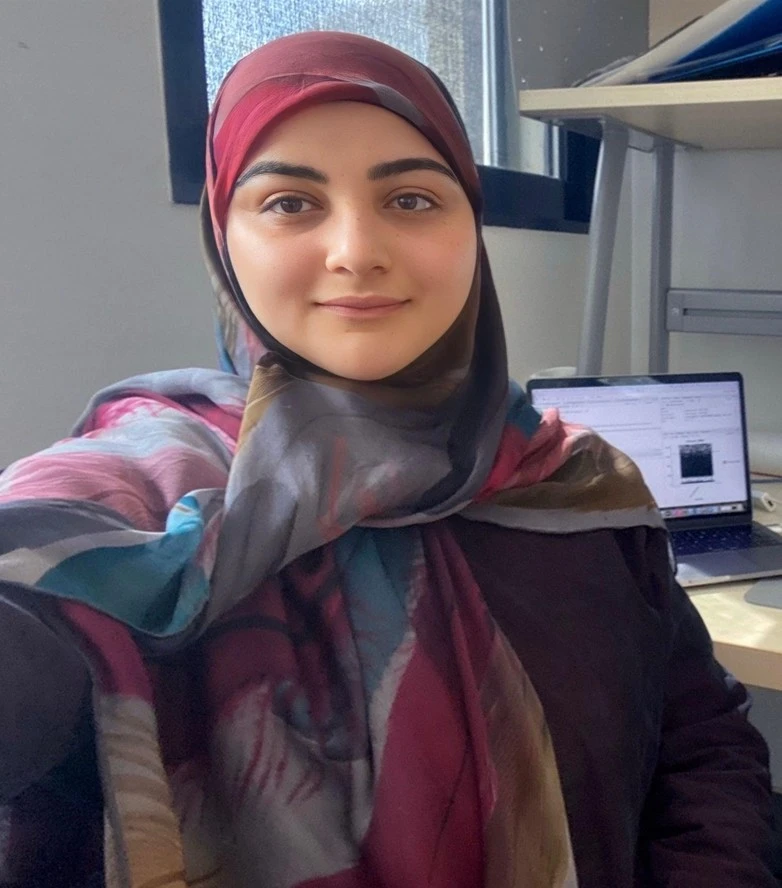Thesis defense Rola Shaaban
https://umr1087.univ-nantes.fr/medias/photo/capture-d-ecran-2025-12-09-160004_1765292419313
-
On 10 December 2025Amphithéâtre Denis Escandefalse false
-
14h00
Title of the thesis : A systems biology approach to predict and prevent adipocyte dysfunction
Equipe
Team IV - Cardiometabolic diseases
Directeur de thèse
Co-directeur
Abdelhalim Larhlimi
Rapporteurs
Emmanuelle Becker, PhD, Professeure, Université de Rennes
Hédi Soula,PhD, Professeur, Sorbonne Université
Examinateurs
Delphine Eberle, PhD, MCU, Universitée de Lille
Damien Eveillard, PhD, Professeur, Nantes Université
Abstract
The global rise in obesity is a major public health issue. While excess energy intake drives weight gain, the mechanisms linking adipose tissue (AT) expansion to cardiometabolic complications remain unclear. In obesity, dysfunctional AT fails to store lipids properly, leading to ectopic fat deposition and insulin resistance. Conversely, lipodystrophies involve selective AT loss and are also associated with severe metabolic disturbances. Despite their opposing fat mass profiles, both conditions share similar metabolic outcomes. We investigated whether these phenotypically distinct disorders share a common molecular signature. Comparative transcriptomic analysis of AT from BSCL2-deficient (lipodystrophic) and obese mice identified 129 shared differentially expressed genes. This signature was refined using public datasets to 102 genes consistently categorization revealed nine main biological pathways, including lipogenesis, adipocyte differentiation, glucose and amino acid metabolism, mitochondrial function, oxidative stress, immune response, and others. Most genes showed strong correlations with insulin sensitivity in both mice and human datasets. Moreover, 52 genomic loci harboring these genes contained variants associated with type 2 diabetes, including 11 where gene expression is directly influenced. Our results reveal a shared "energetic collapse" of adipocytes—marked by metabolic inflexibility—as a common mechanism of AT dysfunction in both obesity and lipodystrophy, emphasizing the central role of adipocyte-intrinsic metabolism in systemic insulin sensitivity.

Updated on 09 December 2025.





